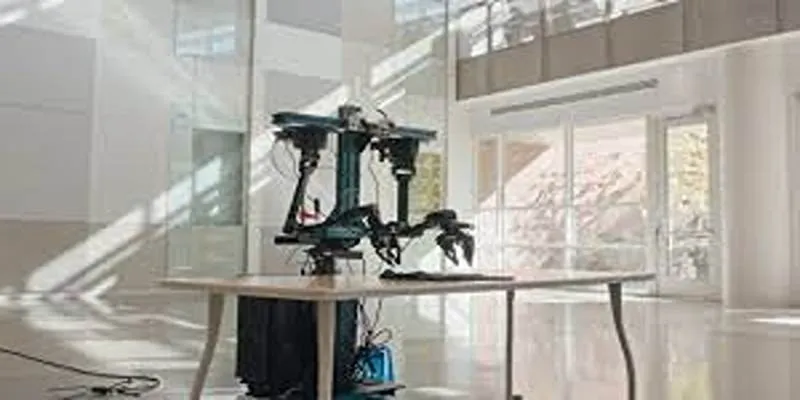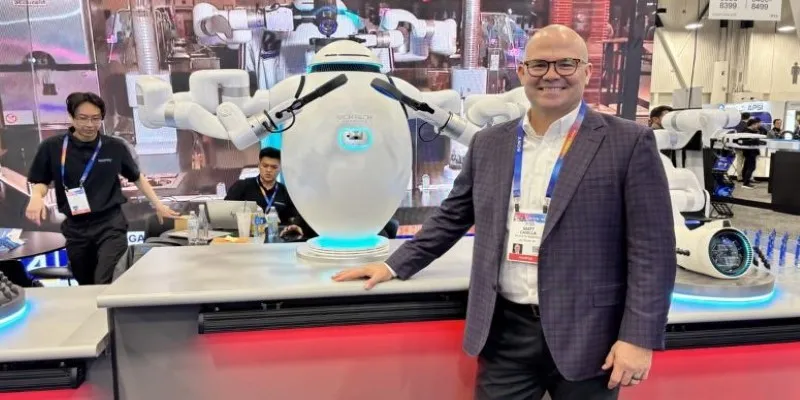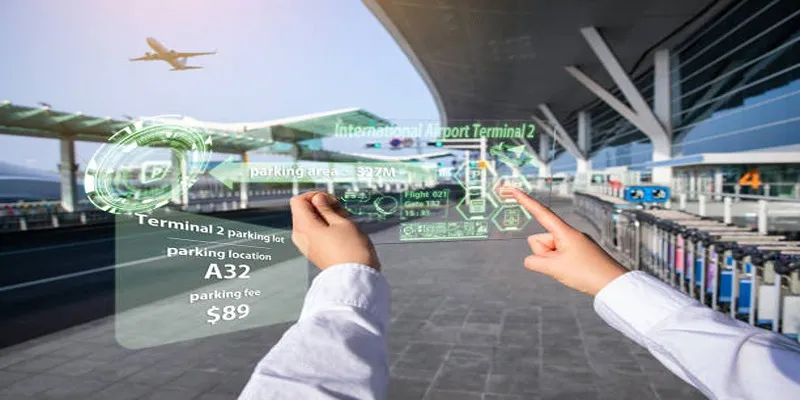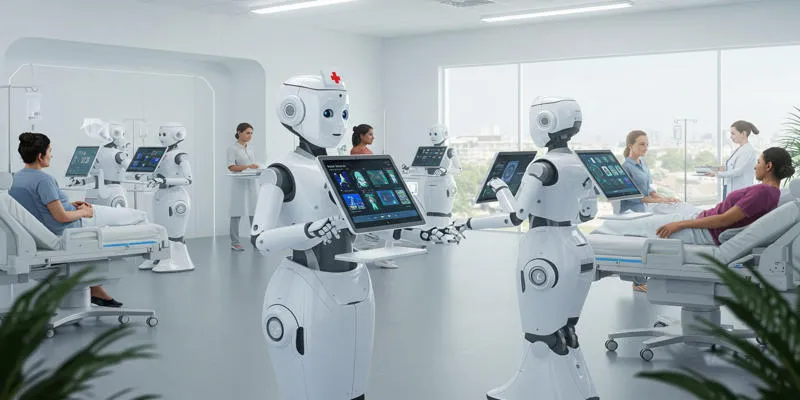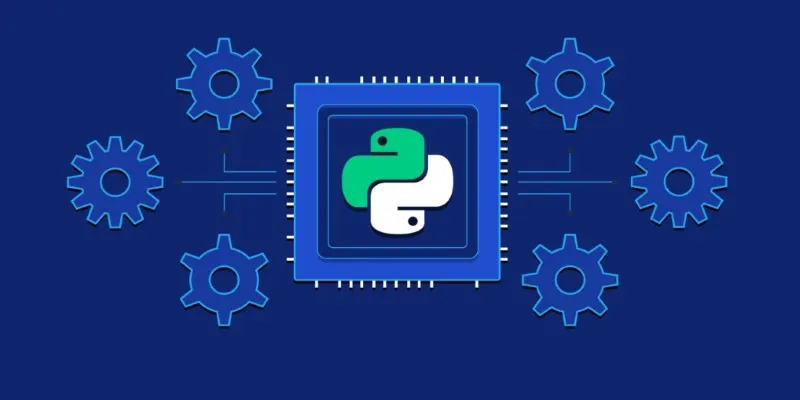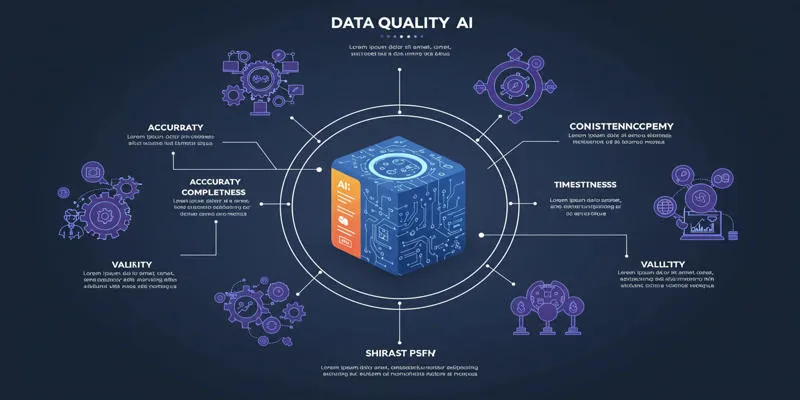A leading humanoid robot manufacturer has secured $123 million in a significant funding round, marking a pivotal moment for the robotics industry. Known for building machines that emulate human movement and interaction, the company plans to use these funds to expand production and develop smarter, more efficient robots.
Investors are increasingly confident that humanoid robots are ready to play meaningful roles in workplaces and homes. What once seemed like experimental technology is now entering daily life in more practical and viable ways.
A Big Step Forward for Humanoid Robotics
For decades, the idea of robots that mimic human behavior has fascinated both engineers and the public. A machine capable of walking, gesturing, and interacting naturally has long been seen as the ultimate test of robotics. This California-based company is turning that vision into reality, with robots performing practical tasks like stocking warehouses, assisting in elder care, and welcoming guests in office lobbies with surprising ease.

The recent $123 million investment, sourced from venture capital firms and industry partners, signifies a readiness for more than just prototypes. The funding enables the company to enhance production and design a new generation of humanoid robots—smarter, more capable, and more affordable than ever.
Industries facing labor shortages, rising operational costs, and efficiency pressures see humanoid robots as viable solutions. These robots integrate seamlessly into human spaces, eliminating the need for significant infrastructure changes.
Why Humanoid Robots Are Gaining Momentum
Humanoid robots are popular because they adapt to existing environments, unlike traditional machines that need fixed setups. They can navigate human spaces—walking through doors, climbing stairs, and moving in places like hospitals, warehouses, and retail stores where flexibility is crucial.
By combining artificial intelligence with adaptable designs, the company has developed robots that learn and improve within new environments. They handle fragile items, follow voice commands, and move through busy spaces without disturbing people. In live demonstrations, they’ve been seen carrying boxes in warehouses, delivering equipment in hospitals, and even passing tools to workers with ease.
Affordability is crucial for widespread adoption. Historically, advanced robots have been cost-prohibitive. With this new funding, the company is scaling production and reducing costs, making these robots accessible to more businesses and individuals.
Challenges and the Road to Wider Adoption
Despite strong investor support, several challenges remain before humanoid robots become commonplace. Reliability is a major concern; robots must operate safely and consistently to work alongside humans. The company is investing in quality control, improved testing, and smarter software to detect and fix issues in real-time.

Acceptance is another hurdle. Not all workers are comfortable around humanoid robots, particularly those with human-like appearances. Concerns about job displacement and discomfort with close-proximity machines can slow adoption. The company has launched pilot programs to train workers to collaborate with robots, emphasizing their role in complementing, not replacing, human efforts. Feedback from these programs helps refine both the machines and their workplace integration.
Regulatory and ethical considerations are also crucial. Governments are still establishing rules for autonomous machines, focusing on privacy, liability, and safety standards. The company collaborates with regulators to shape guidelines, ensuring accountability and safety remain central to its designs.
What This Means for the Future of Work
The $123 million investment indicates that humanoid robots are moving from labs and pilot programs into real-world settings. Businesses seek ways to address labor shortages and enhance productivity, allowing employees to focus on more skilled tasks. In warehouses, humanoid robots can handle repetitive lifting. In hospitals, they can transport supplies or assist with patient care. In public spaces, they can greet visitors or guide them to correct locations.
For human workers, the rise of humanoid robots may reshape roles rather than eliminate them. Robots will likely take over physically demanding, repetitive, or hazardous tasks, while new jobs in programming, maintenance, and oversight will emerge. The company emphasizes that their machines are designed to work alongside people, supporting them in ways that reduce strain and free up time for higher-level work. This collaborative approach is key to their vision.
A Growing Role in Everyday Life
With $123 million in new funding, the humanoid robot maker is poised to make its machines a common sight in daily environments. As companies and households become more open to technology that can mimic human movement and interaction, robots are transitioning from experimental to practical stages. The company plans to boost production, reduce costs, and enhance safety, making humanoid robots more accessible and reliable for various tasks. Whether carrying goods in warehouses, assisting hospital staff, or welcoming visitors, these machines are designed to integrate into spaces seamlessly. The funding reflects strong confidence that humanoid robots are ready to support people in meaningful and practical ways.
 zfn9
zfn9




